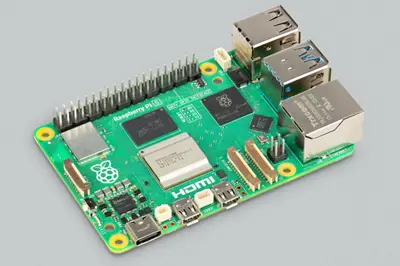Against all odds, Raspberry Pi has surprised us today with the announcement of the new Raspberry Pi 5 model of its popular micro-computer with Linux.
The new Raspberry Pi 5 model was not expected until 2024. But here it is! And it comes loaded with news, much higher power, and at a similar price.
At the heart of the Raspberry Pi 5 we find the new BCM2712 chipset. A 16 nm system-on-chip (SoC) that combines a 64-bit four-core ARM Cortex-A76 CPU, along with a VideoCore VII GPU.
The Cortex-A76 is a processor, compared to the A72 that the model 4 had. This is a very important leap that translates into more than double the power of a Raspberry Pi 4.
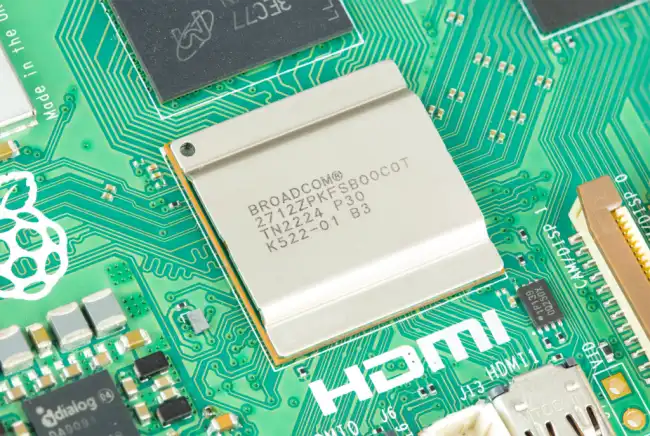
For its part, the VideoCore VII GPU supports OpenGL ES 3.1 and Vulkan 1.2, allowing a wide range of graphics and gaming applications. It also has a 4Kp60 HEVC decoder capable of smoothly playing 4K videos.
Raspberry Pi 5 maintains and improves its wireless connectivity compared to the previous model, with Dual Band 802.11ac Wi-Fi. It also includes support for Bluetooth 5.0 / Bluetooth Low Energy (BLE).
Raspberry Pi 5 maintains the microSD card as the main form of storage. According to the manufacturer, it incorporates a high-speed microSD with support for SDR104 mode, which allows for “fast and reliable access”.
Personally, I miss the inclusion of an eMMC as storage, instead of the SD which is a source of problems (I do not consider it fast or reliable). At least, it would be good if it were available as an option, even at a higher price, as other manufacturers do.
Regarding peripheral connections, there are two USB 3.0 ports with simultaneous operation up to 5Gbps. They are accompanied by another two USB 2.0 ports. It also has a connector to connect PCIe devices, but it will require a HAT that is not yet available.
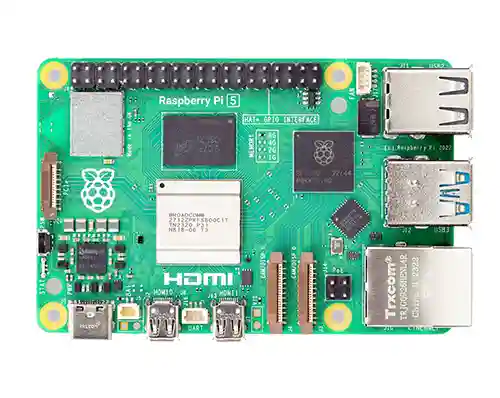
It also includes the Ethernet port, which this time becomes Gigabit. It includes support for PoE+ (Power over Ethernet Plus), although an additional HAT is required which is also not yet available.
Here is the summary of the technical specifications:
- 64-bit four-core Arm Cortex-A76 CPU at 2.4GHz, with 512KB per-core L2 cache, and 2MB L3 cache shared
- 4GB or 8GB PDDR4X-4267 SDRAM
- VideoCore VII GPU at 800Mhz, with support for OpenGL ES 3.1 and Vulkan 1.2
- Dual HDMI 4Kp60 screen output
- 4Kp60 HEVC decoder
- Dual band 802.11ac Wi-Fi
- Bluetooth 5.0 / Bluetooth Low Energy (BLE)
- Gigabit Ethernet with PoE support
- 2 USB 3.0 ports up to 5 Gbps and 2 USB 2.0 ports
- 2 4-lane MIPI camera/screen transceivers
- High-speed microSD card interface with SDR104 support
- PCIe 2.0 x1 interface for fast peripherals
- 40-pin standard Raspberry Pi GPIO header
- Real-time clock
- 5V/3A power supply, recommended 5V/5A
- Dimensions 85 x 56 mm
Regarding “connections and tinkering”, which we like on this website, Raspberry Pi 5 maintains the traditional 40-pin GPIO header, compatible with previous models.
The form factor and dimensions remain according to the standard of previous models. Therefore, it is expected to be compatible with many existing mounts, accessories, and cases.
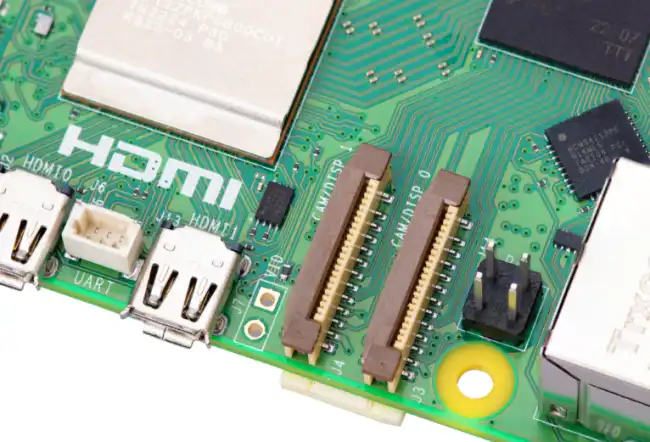
However, the arrangement of some elements has changed. Some connectors have been removed, others have been added, and the Ethernet connector has been moved. So, check it if you are going to do a replacement.
As for power, the Raspberry Pi needs a 5V/3A USB-C power supply. However, to operate at maximum power, a new 5V/5A charger is available.
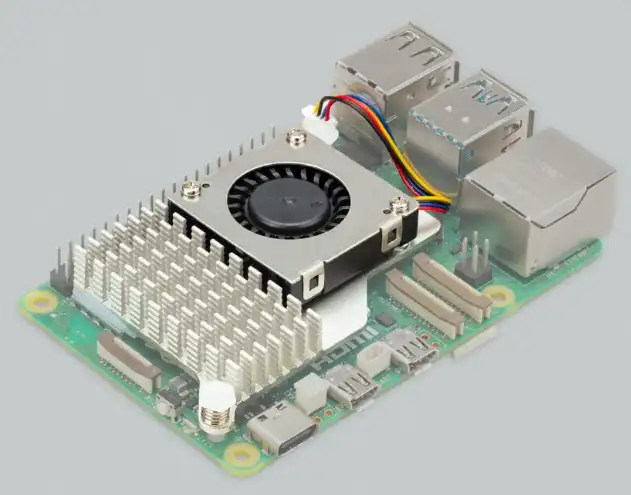
Regarding consumption and temperature, which we know was one of the big problems of the model 4, the new Raspberry Pi 5 consumes significantly less, and therefore heats up less.
However, for continuous use, it is still recommended to include a fan. For this purpose, there is a connector on the Raspberry Pi 5 PCB.
The new Raspberry Pi 5 comes at a very similar price to the current model 4:
- $60 for the 4GB RAM version
- $80 for the 8GB RAM version
It will start production next October. It is already available for pre-order, and it is foreseeable that soon we will find it in all our usual suppliers. Although I can already tell you that it will not be the price at which we will see it (more like 150€).
As a personal comment and reflection on the news, I am sorry to see that progressively Raspberry Pi is moving further away from its original purpose. Which, in theory, was to provide a cheap platform for everyone to have access to computing and Linux.
We have more power, even though it means an increase in cost. We all know that it has reached absurd levels where it was above much more powerful “conventional” computers.
In the same line, I still do not understand why the GPIO header has not been improved. Or that low-cost versions are not available (it is assumed that 1GB and 2GB versions will appear in the future). Or that there is a version with eMMC. Which, for me, are the problems that should be resolved.
Problems that have been solved in other micro-PCs such as the Orange Pi 3B, which in a way have captured the original spirit of the project better than the Raspberry Pi itself.
In any case, we finally have the long-awaited Raspberry Pi 5. A much more powerful and improved model compared to previous models, and which will surely be very well received by the community.
References:
